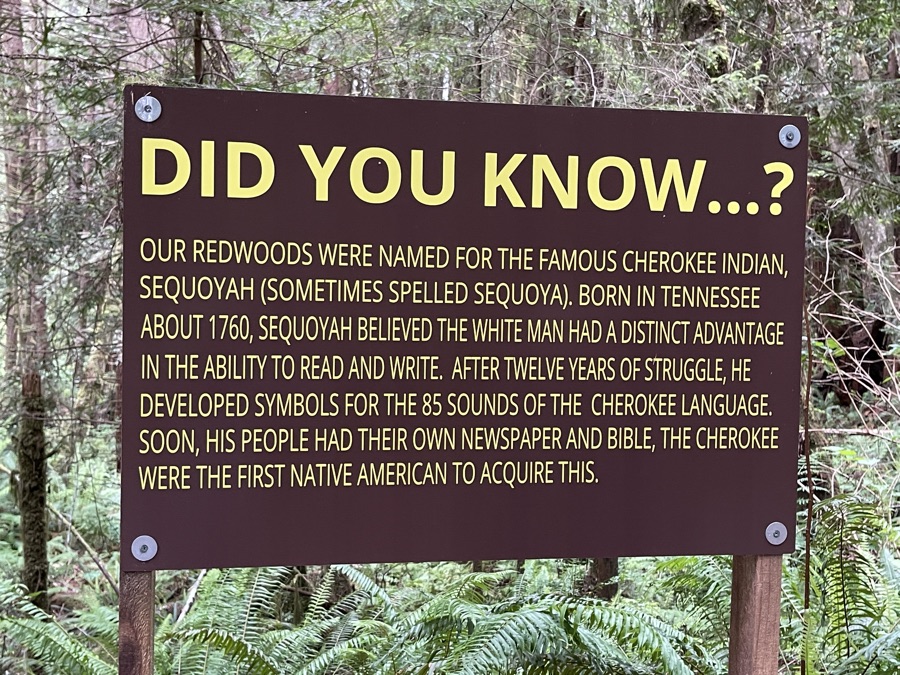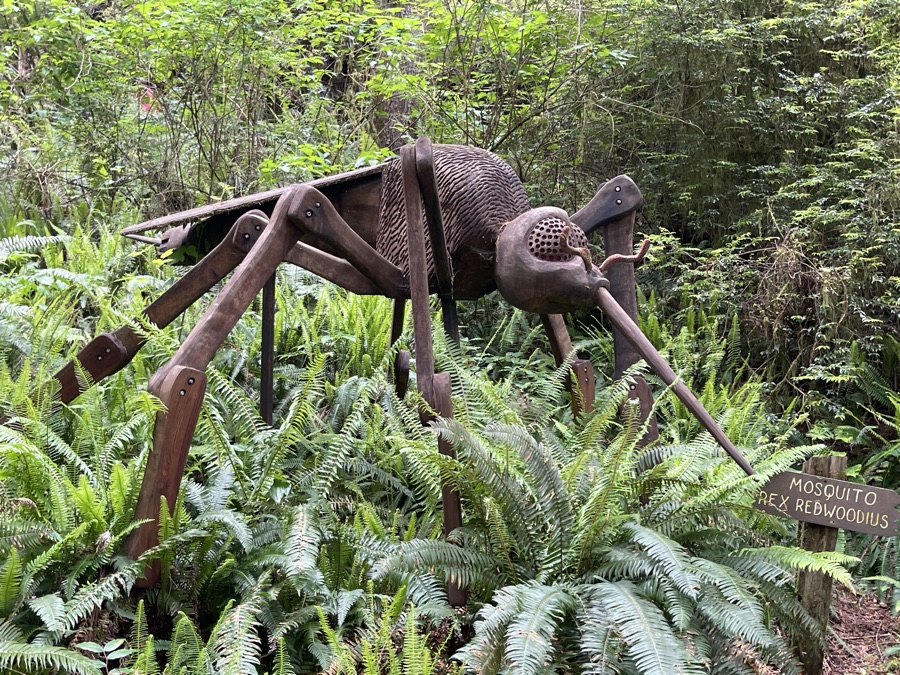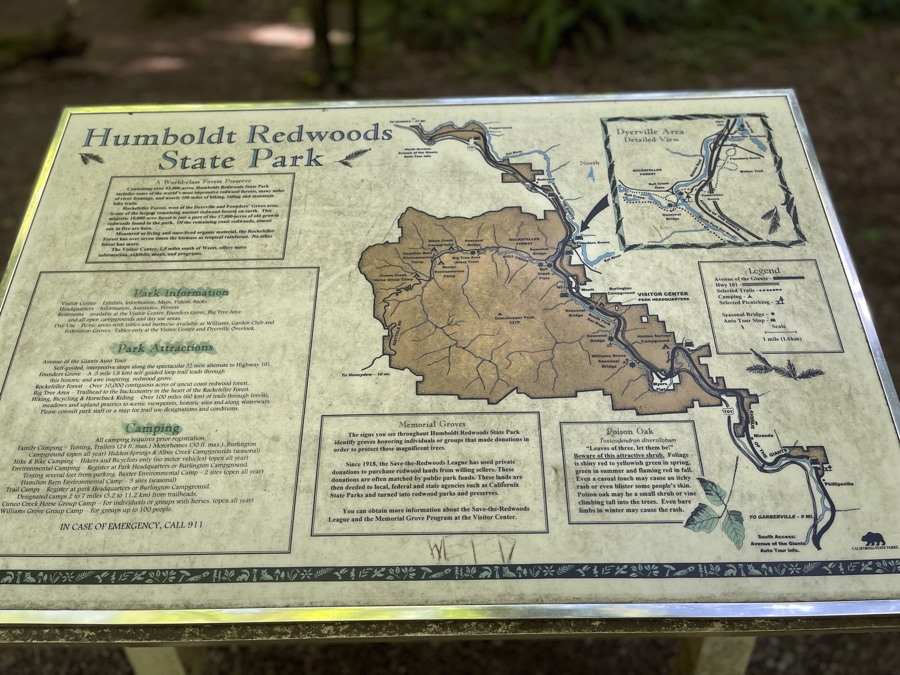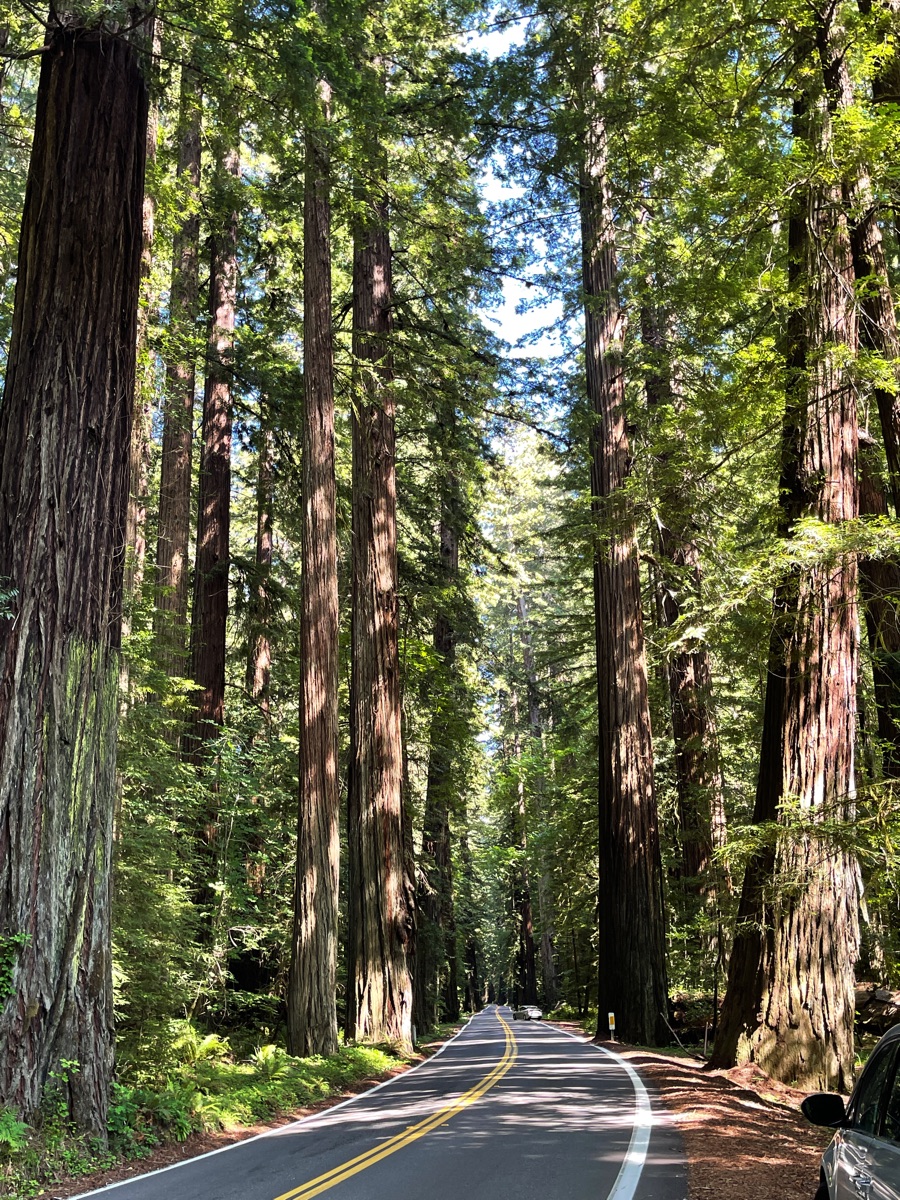Day 7 - The Amazing Forest
Sequoioideae, popularly known as redwoods, is a subfamily of coniferous trees within the family Cupressaceae. It includes the largest and tallest trees in the world.



Paul Bunyan laughed when he saw the spunky little critter and took the little blue mite home with him. He warmed the little ox up by the fire and the little fellow fluffed up and dried out, but he remained as blue as the snow that had stained him in the first place. So Paul named him Babe the Blue Ox.


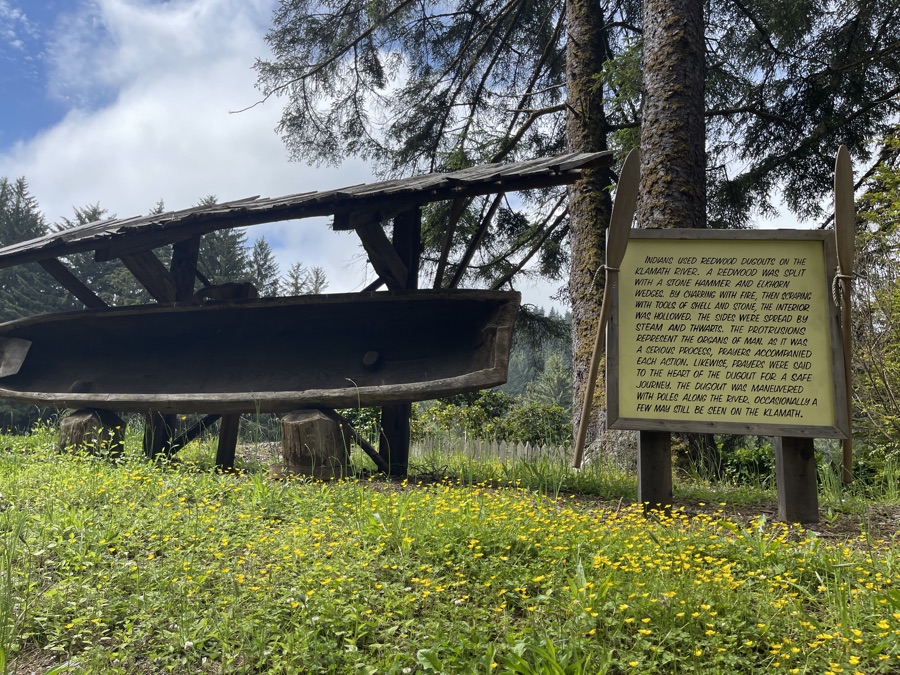


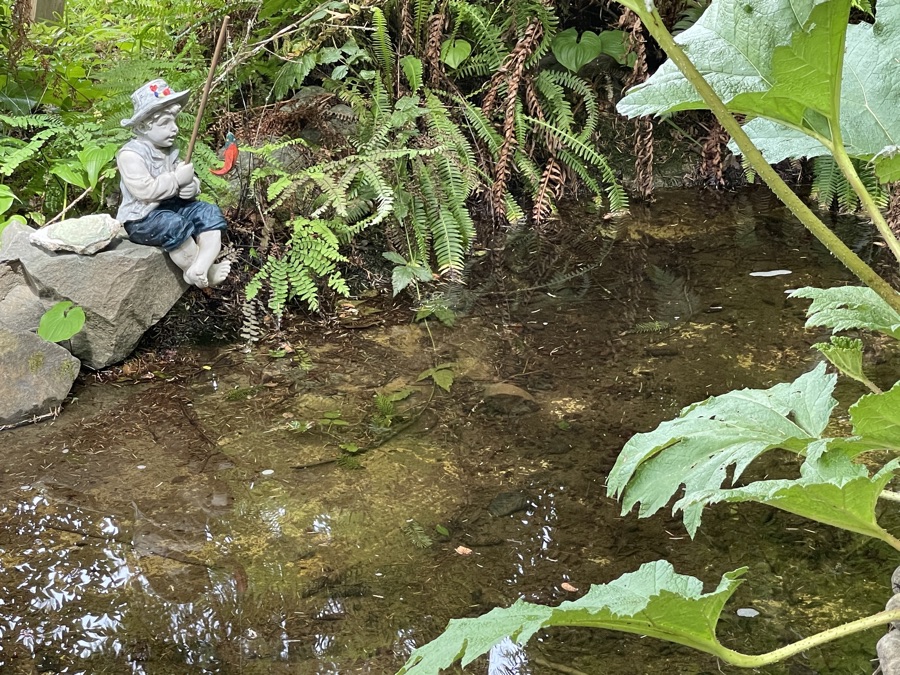
We tossed some coins in the pool!


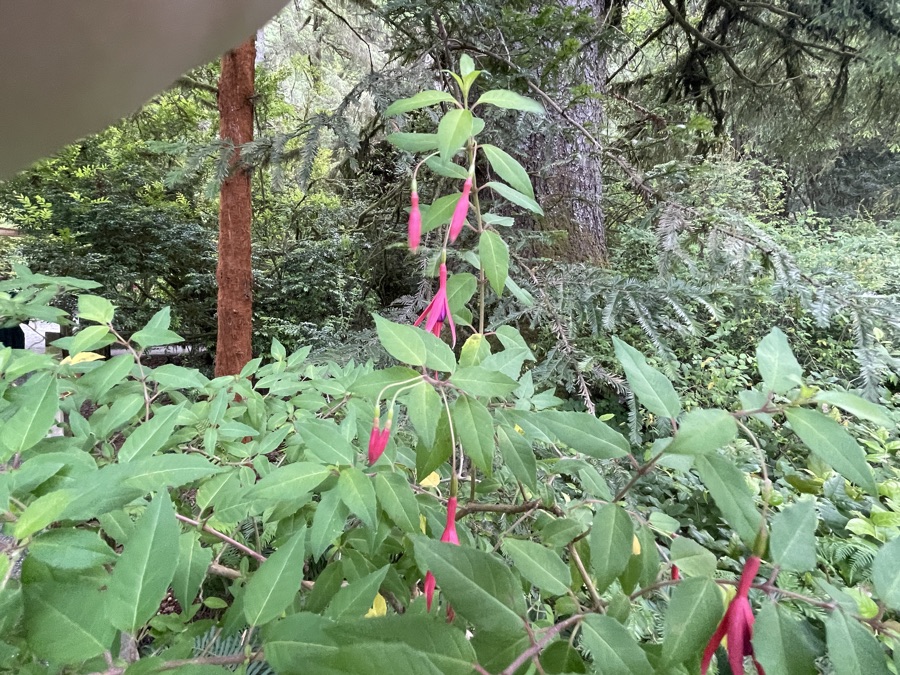
Wild fuschia trees!
Fuchsiais a genus of flowering plants that consists mostly of shrubs or small trees. The first to be scientifically described, Fuchsia triphylla, was discovered on the Caribbean island of Hispaniola (Haiti and the Dominican Republic) about 1696–1697 by the French Minim monk and botanist, Charles Plumier, during his third expedition to the Greater Antilles. He named the new genus after German botanist Leonhart Fuchs (1501–1566).
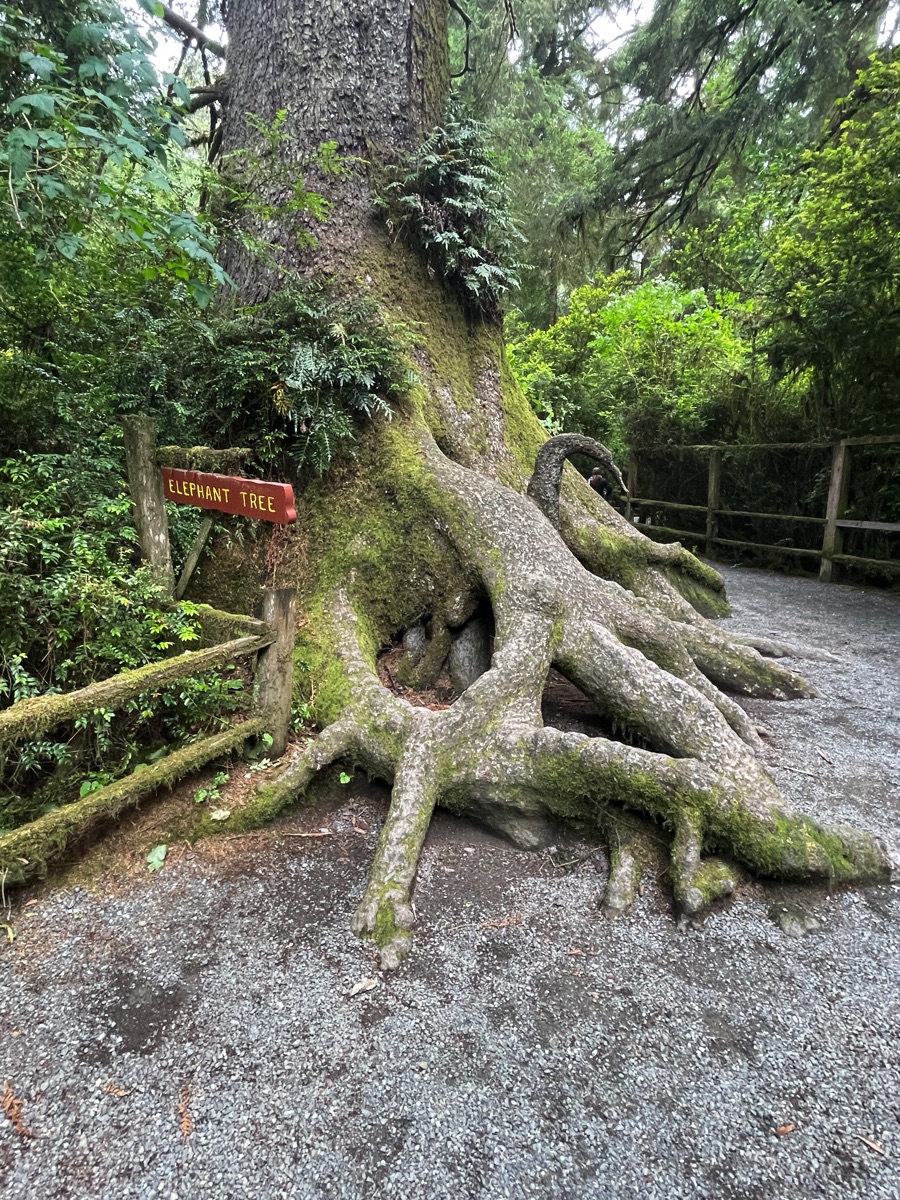
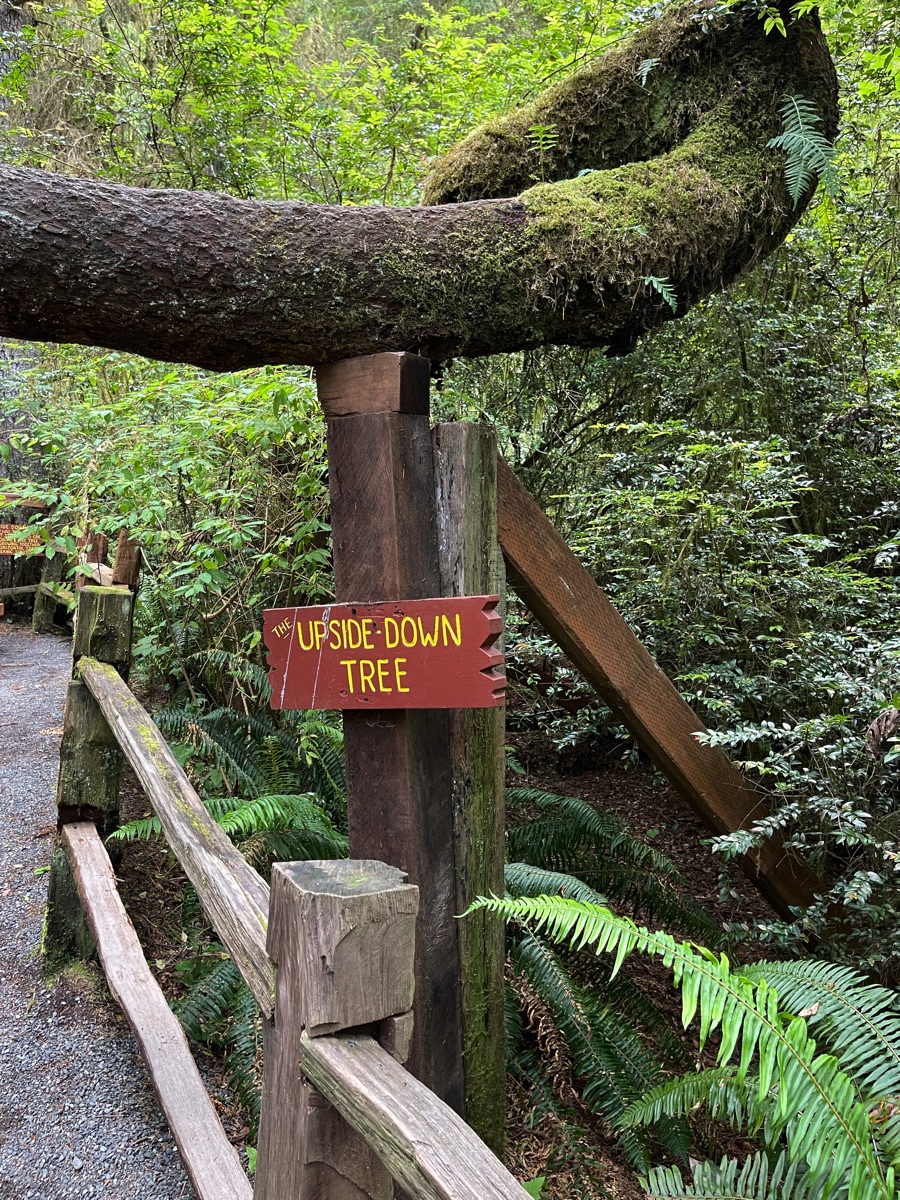
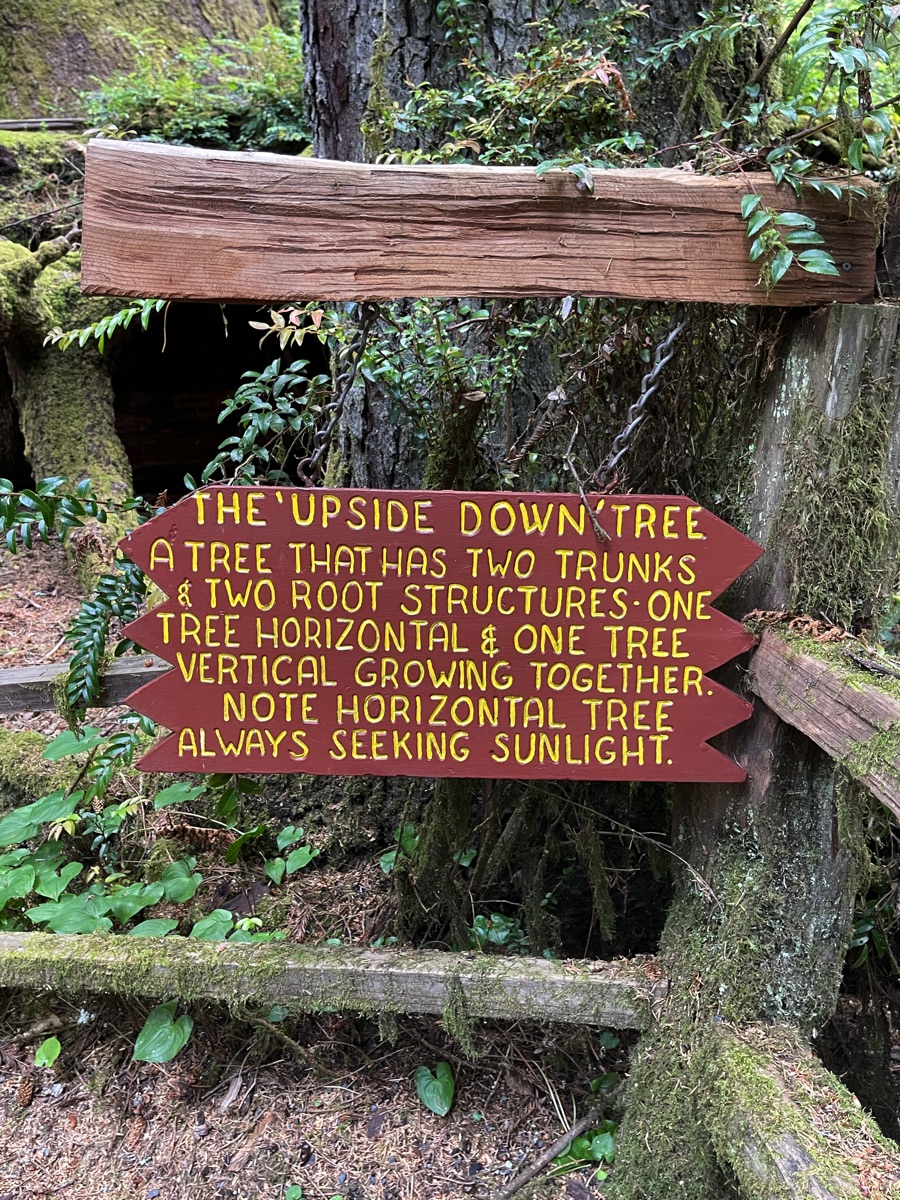

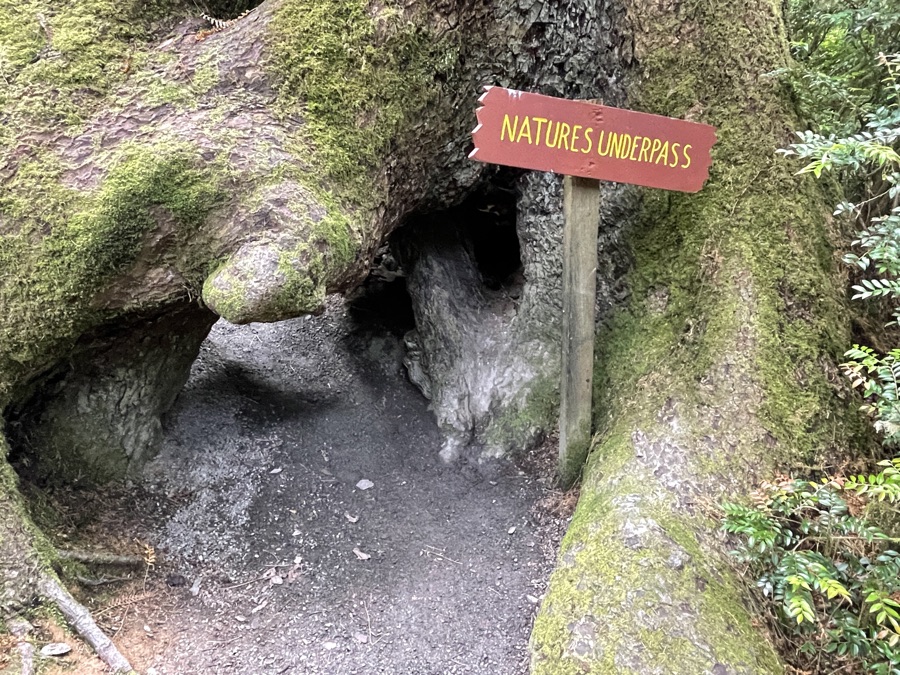





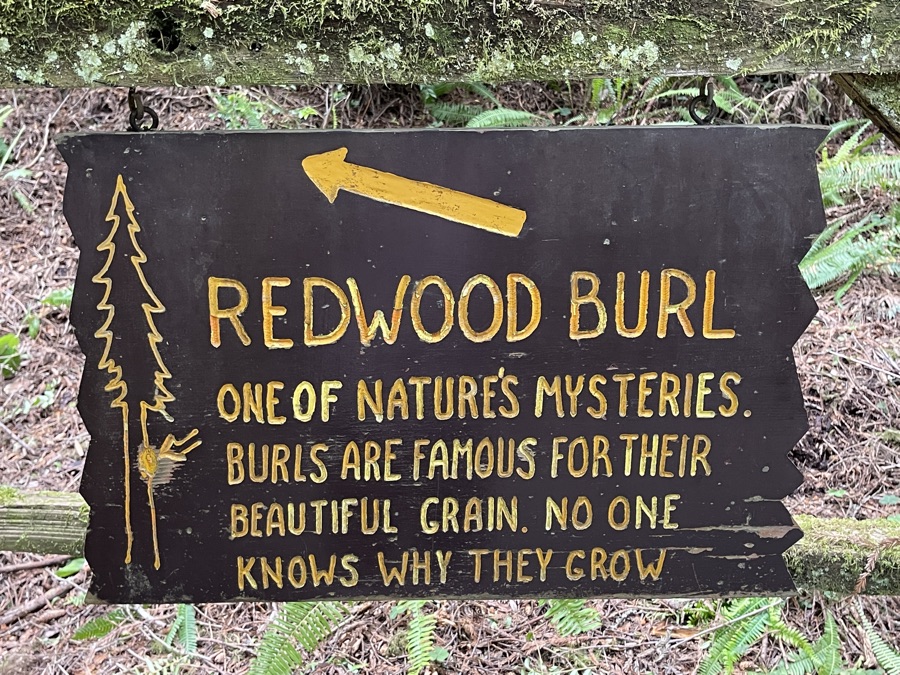
A burl (American English) or burr (British English) is a tree growth in which the grain has grown in a deformed manner. It is commonly found in the form of a rounded outgrowth on a tree trunk or branch that is filled with small knots from dormant buds. Burl formation is typically a result of some form of stress such as an injury or a viral or fungal infection.
Burls yield a very peculiar and highly figured wood sought after in woodworking, and some items may reach high prices on the wood market. Poaching of burl specimens and damaging the trees in the process poses a problem in some areas.

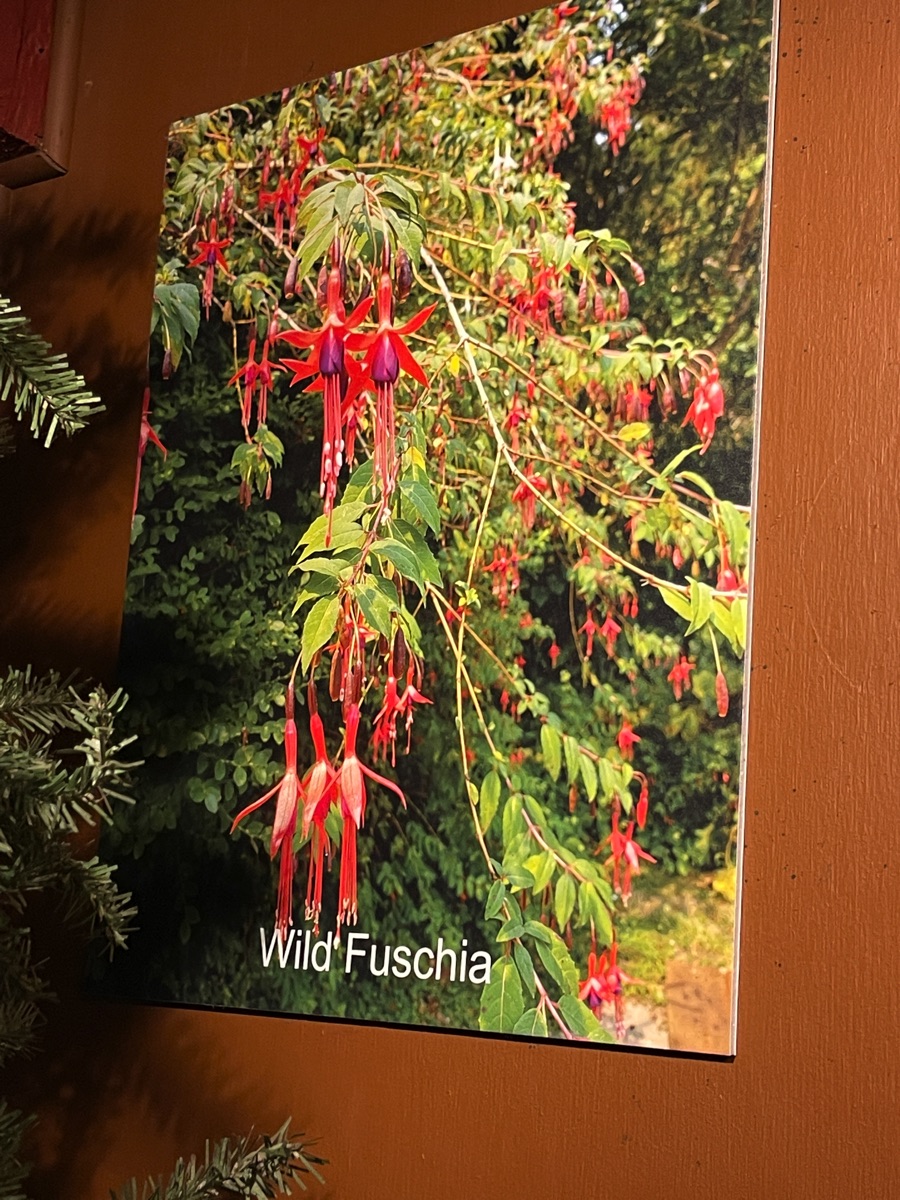
Leonhart Fuchs, the eminent namesake of the genus, was born in 1501 in Wemding in the Duchy of Bavaria. A physician and professor, he occupied the chair of Medicine at the University of Tübingen from his appointment at the age of 34 until his death in 1566. Besides his medical knowledge, according to his record of activities which was extensive for the time, he studied plants. This was usual for the period. Most remedies and medicines were herbal and the two subjects were often inseparable. In the course of his career Fuchs wrote the seminal De Historia Stirpium Commentarii Insignes, which was richly illustrated and published in 1542. Along with Otto Brunfels (1489–1534) and Hieronymus Bock (1498–1554), also called Hieronymus Tragus, he is today considered one of the three fathers of botany.



